Goal-setting is often associated with adults and older students, but it’s a valuable practice that can benefit even the youngest learners. Encouraging students to set goals can have an impact on their academic and personal development.
In this blog post, I’ll explain why goal setting is so important for students and how it can positively influence their classroom behavior. I’ll also go over a resource that helps students set goals.
The materials you’ll see in this post come from my Literacy Clubs. (You can access a Free Trial HERE!) And, of course, you can easily adapt the ideas to fit your specific needs!
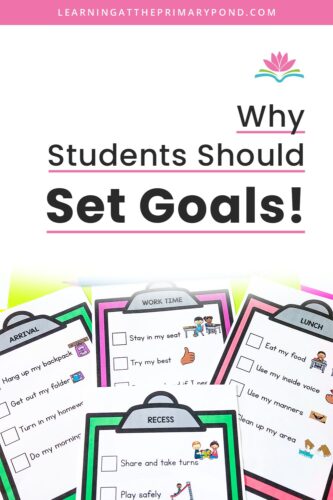
Goals and Classroom Community
Goal setting can have a positive impact on students, tying into the overall behavior of a student(s) and classroom community. When students have something clear to work toward, they’re more likely to actually achieve it!
Using effective classroom management strategies should ideally begin on the first day of school. However, it’s never too late to implement new strategies! Building classroom community and working on behavior with students can be done at any point throughout the school year.
Research has shown that students respond best when expectations/rules are explained using positive language.
For instance, if during carpet time a student is calling out and interrupting others, it’s more effective to say “Raise your hand nice and tall if you would like a turn to share your ideas!” versus “Stop blurting out!”
With the first option, the teacher has provided the expectation of what the student should be doing, in a positive way. In the second option, the teacher only told the student what they shouldn’t be doing, and didn’t explicitly say what they need to do moving forward.
So whether you’re giving directions in the classroom or having students set goals, statements should be positively framed.
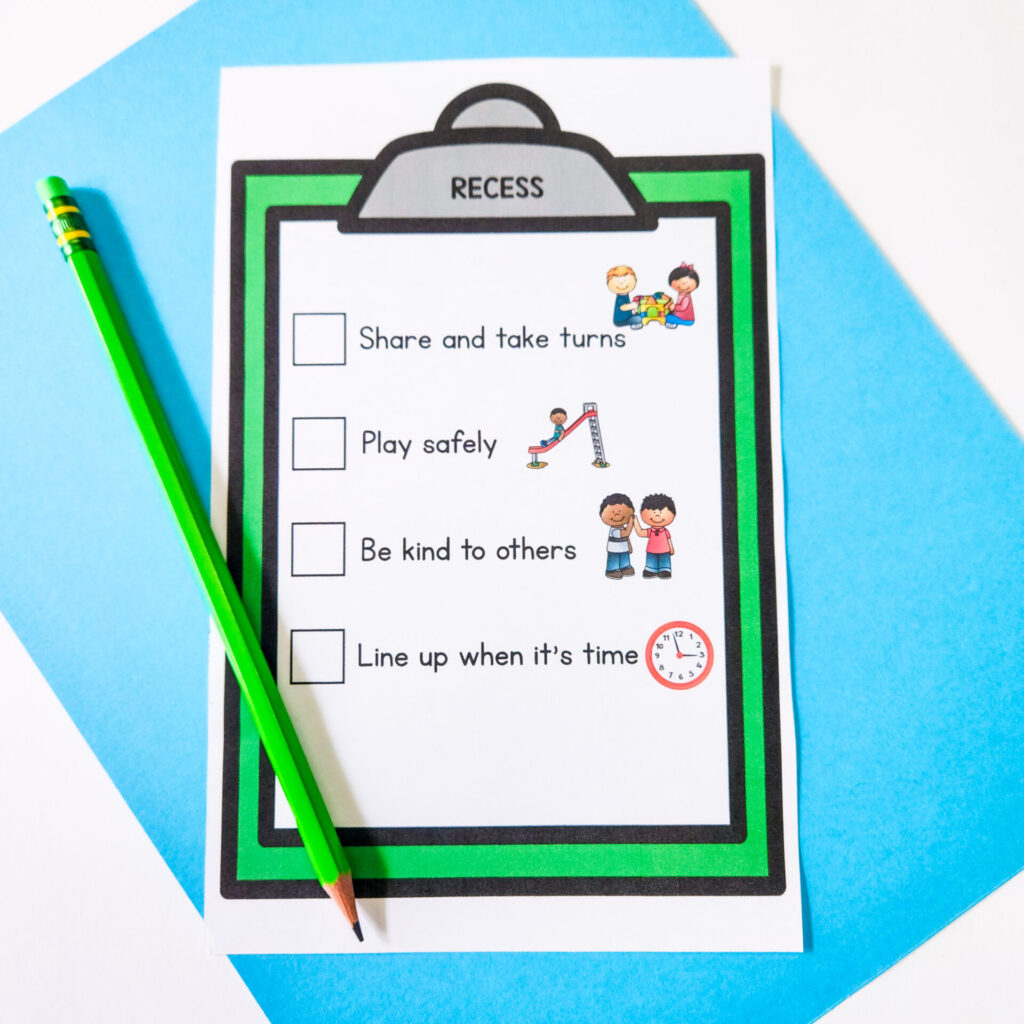
It’s also best if students are given bite-sized goals. If a student has been having a particularly hard time lately, they most likely won’t meet a big goal if a teacher says to them “If you stay on task ALL day, I’ll send a positive note home and you’ll get to be my helper tomorrow.” A full day is a long time for a young student!
Instead, consider breaking it down into a smaller part of the day, and then use that positive-framed language to help build the student up to be successful. (i.e. “If you can stay in your carpet seat for ‘Read to Self’ time today for 5 minutes and keep your eyes on your own book, I’ll send a positive note home.”)
In this “Goal Setting” resource, there are positively-framed, bite-sized goals already done for you! This resource is from my Literacy Clubs.
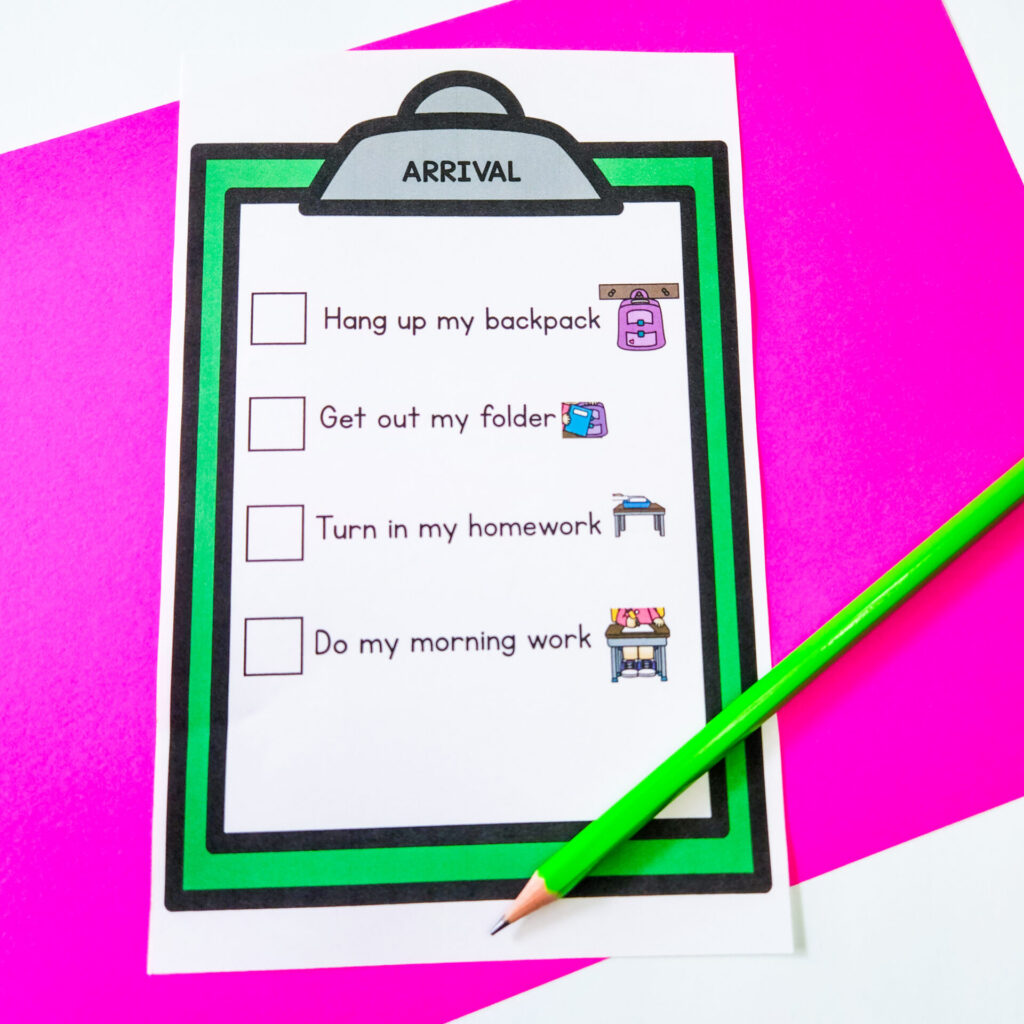
Why Goal Setting is So Important
I’ve already talked a bit about how goal setting can tie into behavior and classroom community. Goal setting can also be very powerful for helping students master academic skills.
Here are some more reasons why goal setting can be a valuable lifelong practice!
1. Builds a Foundation for Future Success
Introducing goal-setting to K-2 students lays the groundwork for future success. By learning to set and achieve goals at a young age, children develop important life skills such as planning, time management, and self-discipline. These foundational skills will serve them well throughout their academic journey and beyond.
2. Encourages a Growth Mindset
Setting goals helps foster a growth mindset in elementary students. When children understand that they can improve their skills and achieve their objectives through effort and perseverance, they become more resilient and open to challenges. This mindset encourages them to embrace learning opportunities, view mistakes as part of the learning process, and develop a positive attitude toward overcoming obstacles.
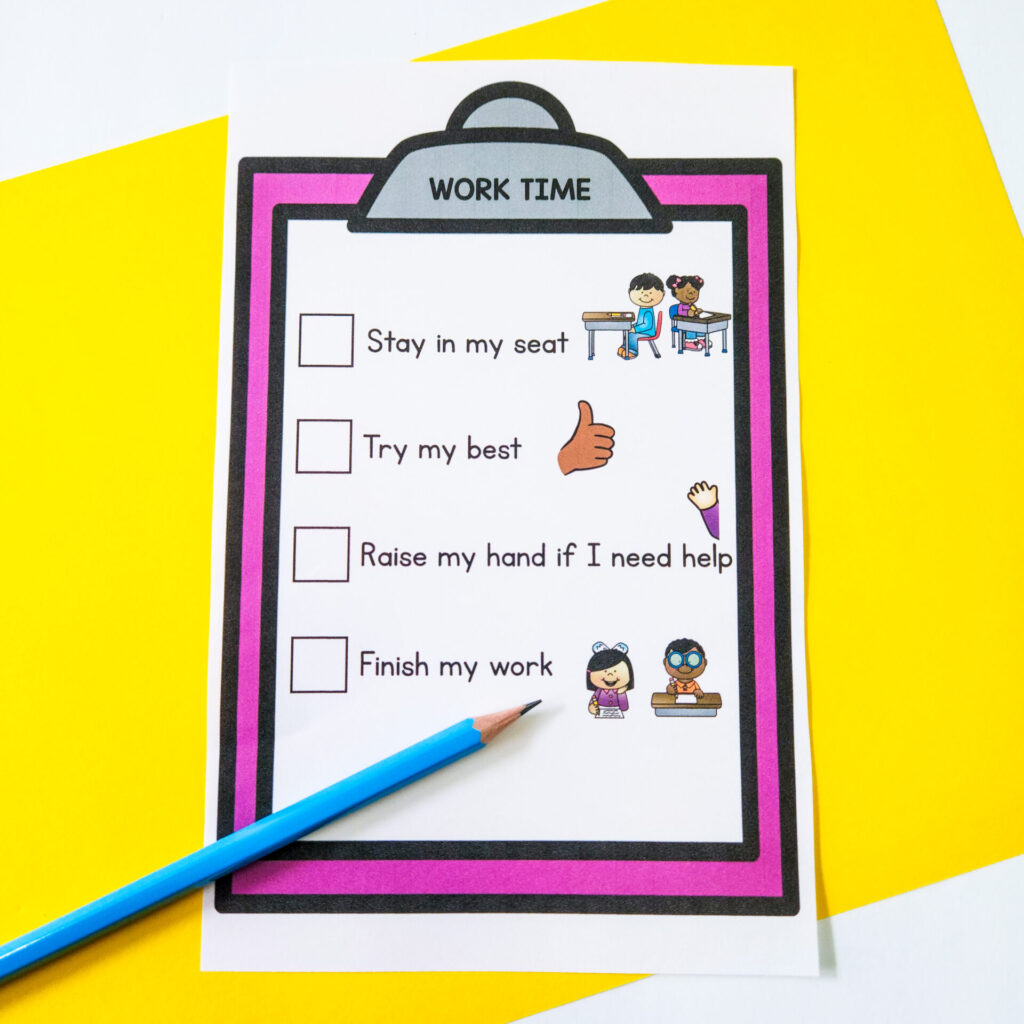
An example of a growth mindset would be “I haven’t been able to sit quietly at my desk and focus on my reading for 10 minutes yet, but I’m going to work on reading for more and more minutes each day.” (This is different than a “fixed mindset” of “I’m not a student who can ever read independently for 10 minutes.”)
3. Enhances Motivation and Engagement
Goals provide students with a sense of purpose and direction, which can significantly enhance their motivation and engagement in school activities. When children have clear objectives, whether it’s improving their reading skills, completing a project, or mastering a new concept, they are more likely to stay focused and invested in their learning. This increased motivation can lead to better academic performance and a more enjoyable learning experience.
4. Teaches Responsibility and Accountability
Setting goals teaches students about responsibility and accountability. When children set their own goals, they learn to take ownership of their actions and decisions. They understand that achieving their goals requires effort, consistency, and responsibility. This sense of accountability helps them develop a strong work ethic and a sense of pride in their accomplishments.
In the Goal Checklist resource in the Literacy Clubs, there is also an editable template included so that students can set their own goals!

5. Boosts Self-Esteem and Confidence
Accomplishing goals, no matter how small, can significantly boost a child’s self-esteem and confidence. When elementary students achieve their goals, they experience a sense of accomplishment and pride in their abilities. This positive reinforcement encourages them to set new goals and continue striving for success, creating a cycle of confidence and achievement.
6. Develops Problem-Solving Skills
When elementary students set goals, they inevitably encounter challenges along the way. These challenges provide valuable opportunities for them to develop problem-solving skills. By working through obstacles and finding solutions, children learn to think critically, make decisions, and adapt to changing circumstances. These problem-solving skills are essential for success in school and in life.
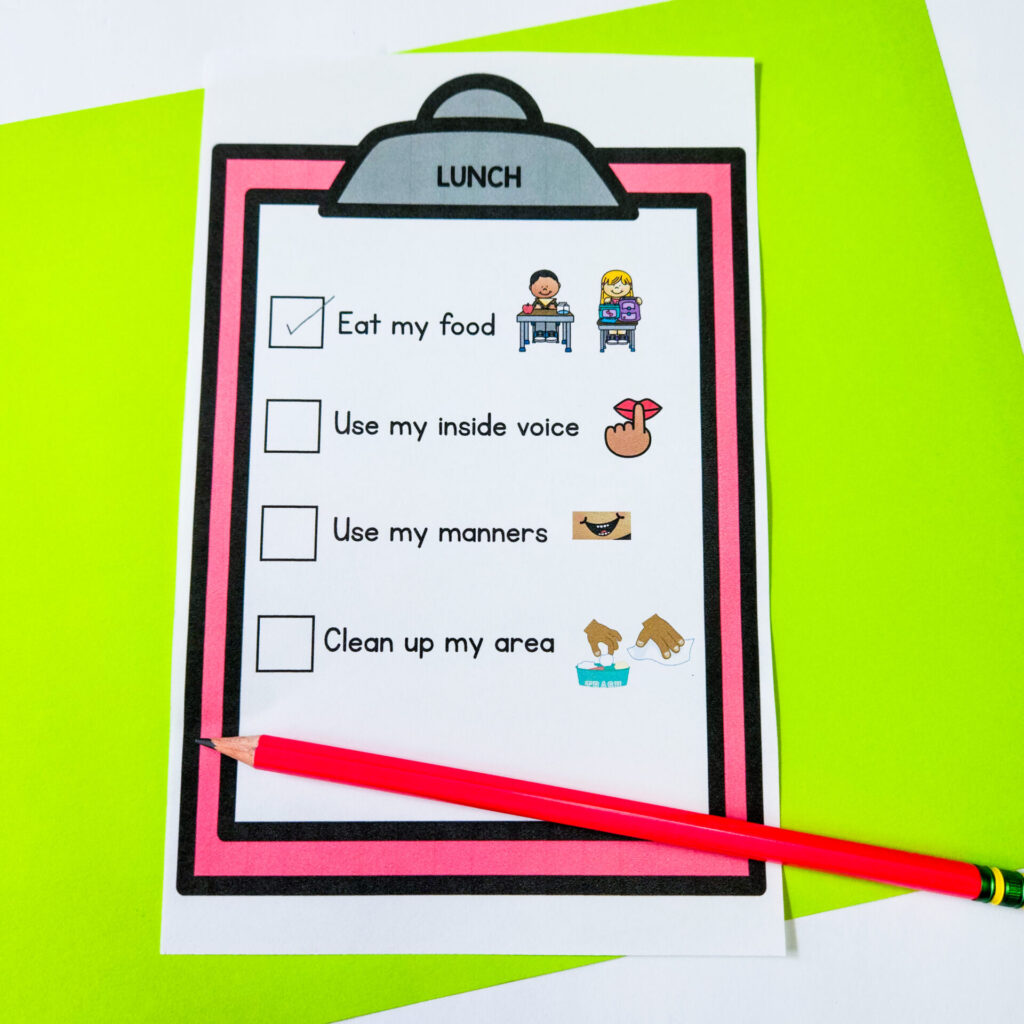
Even with small bite-sized goals, students will sometimes fail to meet them. And that’s okay! Tell them they can always try again – for the next upcoming subject, later on in the day, or the following day. If they continue to fail, reflect on whether or not the goals are still too out of reach for the time being.
Conclusion
Setting goals is a powerful practice that can benefit students in numerous ways. By introducing goal-setting at a young age, we can help children develop the habits and skills they need to thrive academically and personally.
The particular “Goal Setting” resource discussed in the blog and many other intervention resources are included in the Literacy Club memberships! CLICK HERE to find out more about the clubs!
Happy teaching!












